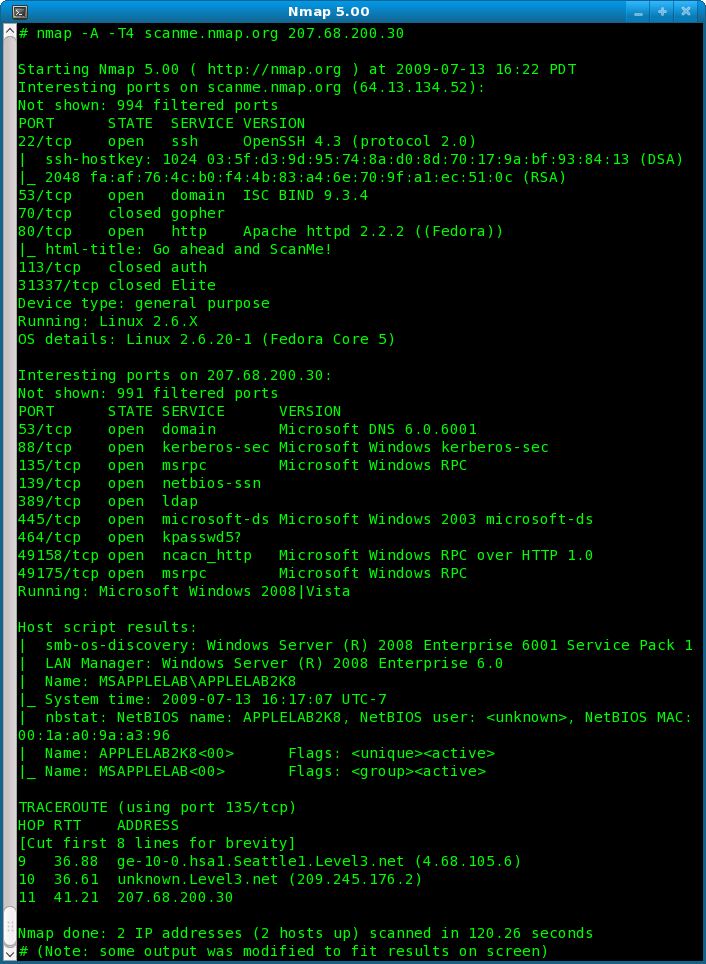


I’m not sure why Java developers JGoodies have decided to distribute their program as freeware when other companies charge money for similar products, but I thank them for it. This program is elegant, it’s flexible, and it helps me get my work done. No annoying treemaps, just pie charts you can click through to find your biggest directories, amount of audit space consumed by files of various types, and a list of the top 50 size offenders. Where JDiskReport really shows its value for me, though, is in its data presentation.
#Jdiskreport command line windows
Since it’s a Java applet, it doesn’t even require an install, although the Windows installer will add a useful contextual menu entry to let you start a scan easily. Some of you may balk at Java being a system requirement for JDiskReport, but really, isn’t Java part of the standard build on most client machines these days? JDiskReport has a small resource footprint when it’s not actively scanning your file tree, and the executable is svelte as well.
#Jdiskreport command line mac os x
When I found that JDiskReport satisfied both of my core requirements and would work on Windows, Linux, and Mac OS X (thanks to its implementation in Java), I was sold on it immediately. That’s the representation tool of choice among the big-brained math experts who play in the field of data visualization, but I don’t find them as useful as a simple pie chart or bar graph.

Secondly, while I like graphics, I don’t want a treemap. First, I don’t think I should have to pay anyone any money to audit the size of the files on my drives.

I have two fundamental criteria that keep most options from meeting my needs, though. Since there aren’t any solutions provided to us by OS developers, a crowd of third-party tools exists to make our spring-cleanings easier. Sure, there are ways to accomplish file size comparisons from the command line, but as useful as comparing numeric totals can be, examining graphical representations of disk usage is much quicker for humans like me. It has struck me before that a user-friendly tool for auditing disk space should be built in to every operating system. A user who’s gone a little nuts embedding images in her PowerPoint files will call me complaining that her disk is running out of space, or I’ll need to find a way to trim down a backup set that I’m archiving to DVD. Working the help desk, there are regularly times where I need an efficient way to find large files and directories on the machines under my care. JDiskReport is a utility that I use a hundred times more often than any of those others, so I have decided it is worthwhile to evangelize its virtues to all of you in a dedicated post. While all those other programs are excellent and have their place, they aren’t apps I lean on every day. I’ve mentioned JDiskReport before on this blog, in a list of some of my favorite utilities. Just in time for spring-cleaning, William Jones offers his favorite. That is why it is vital to have a good disk auditing utility in your toolbox. Storage may be cheap, but right now every penny matters. Mine your HD for space hogs with cross-platform JDiskReport


 0 kommentar(er)
0 kommentar(er)
